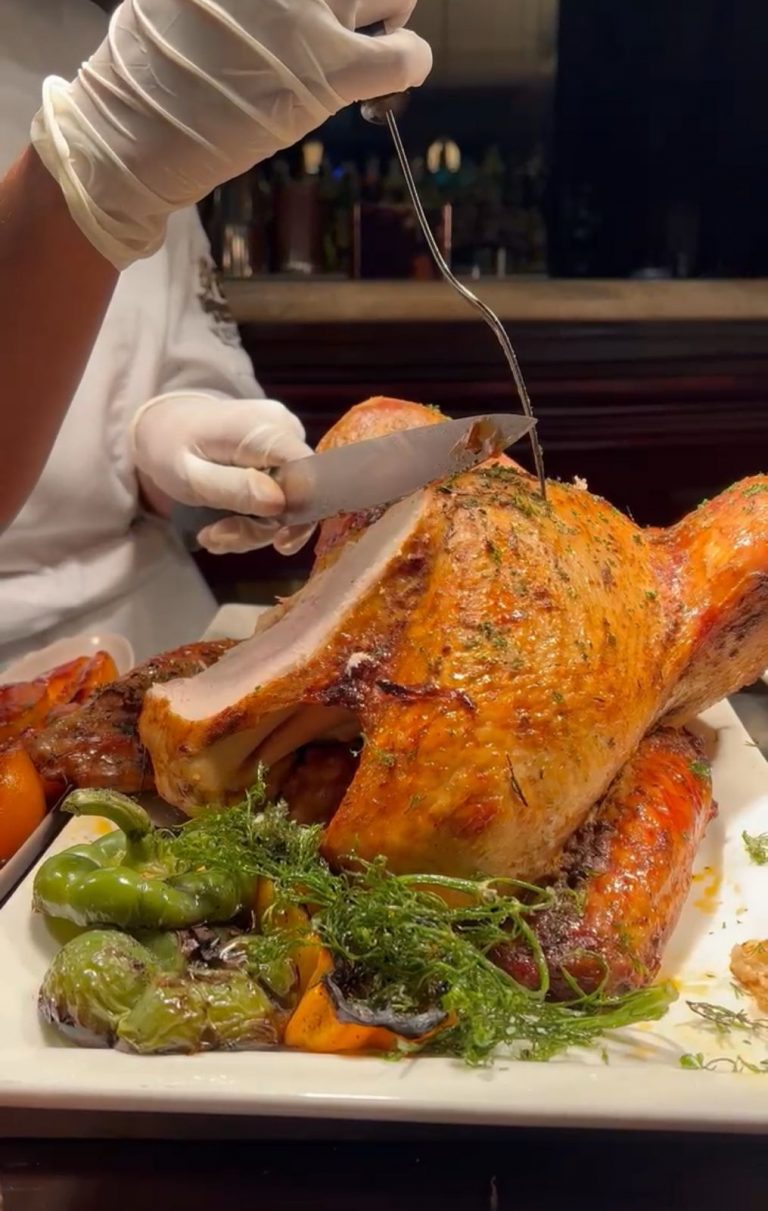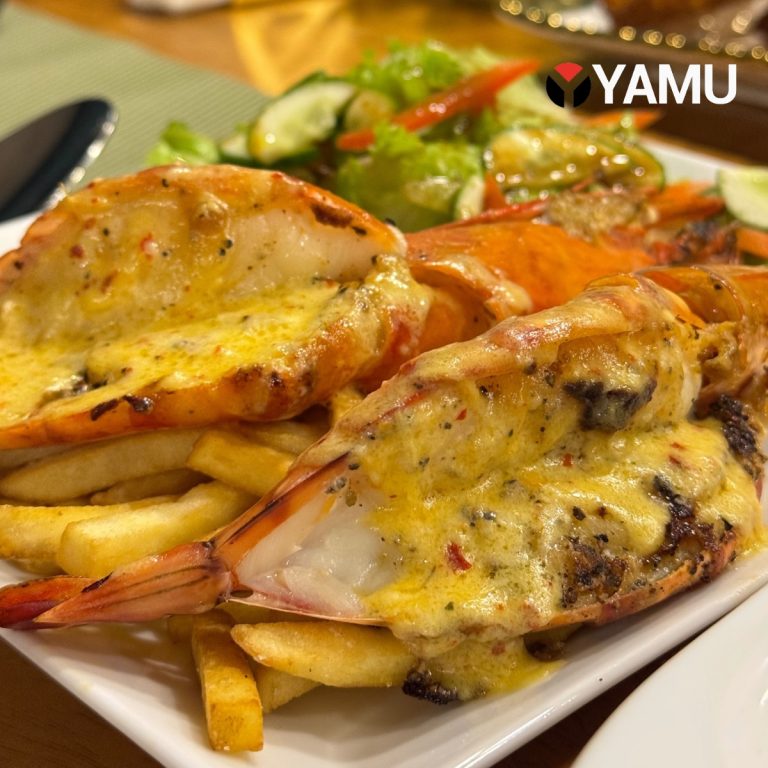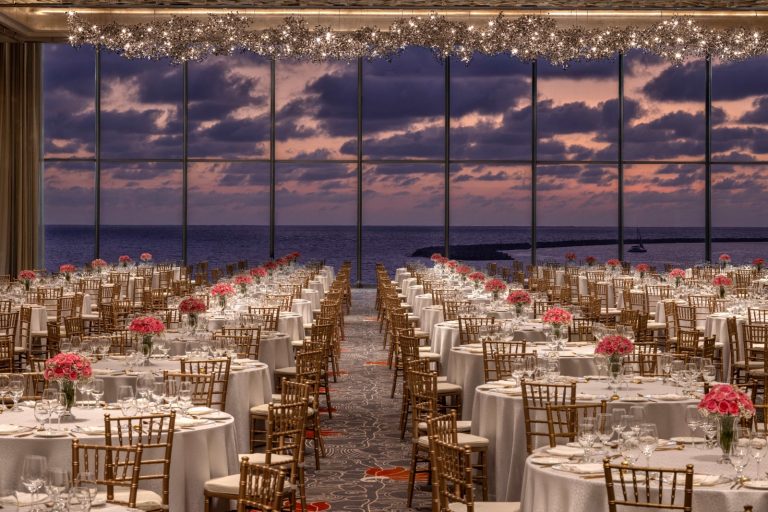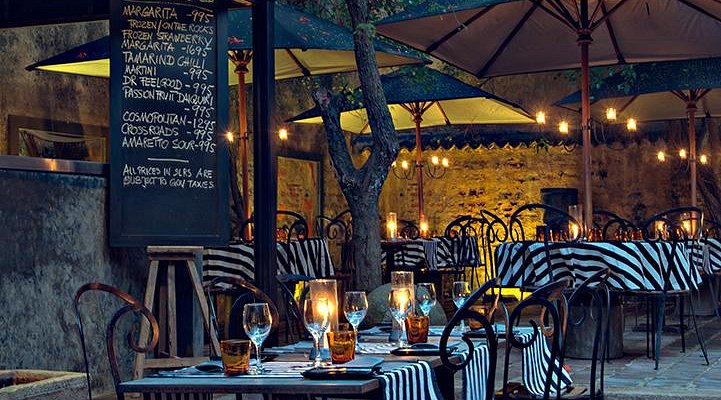Two ancient stupas in a clearing overlooking a man made reservoir. Hemi-spherical red kabook mounds that have weathered the elements for centuries – an out of the way clearing in Anuradhapura you might think, or perhaps somewhere in the plains beyond Kurunegala? Not quite. This is actually suburban Colombo.
The Ancient Suburb Of Kotte
Welcome to Kotte, and a piece of forgotten history.
A kingdom stood in the vicinity of our current suburban-capital for over 200 years. At its height the Kotte kingdom was one of the strongest the island had known for centuries. In 1419 Parkramabahu VI succeeded in subjugating the Jaffna Kingdom and ruled over a united island- the last native king to control all of Lanka.
Withstanding internal intrigues and breakaway kingdoms, Kotte continued to be the island’s major power for over a century, but the arrival of the Portuguese in 1505 soon led to the kingdom’s collapse. The once mighty city was thoroughly looted by both the Portuguese and rival local kingdoms. Its decline was so sudden and complete that is virtually disappeared from history.
The shame of its intrigues with and sacking by a foreign power means the Kotte doesn’t hold an exalted place in the national memory like the much more ancient Anuradhapura. But the complexities of historical judgment aside, searching for remnants of a lost Kingdom in a modern suburb makes for a great day out.
It is, however, a bit of a tour of absurdities. These are not revered archaeological sites. These are historical stupas with homeless people sleeping next to them. They are ancient ambalamas turned bus stands. They are rampart walls now feet from houses and roving chickens.
1. Archaeology Department Museum (Location Map)
Like most of the nation’s museums it’s a meagre collection housed in a very attractive building. While the old swords and faded diagrams don’t amount to much, the museum is handy as signs in the building list the neighbourhood’s historic sites. The museum’s caretaker can also give accurate directions to these sites. (You can also try YAMU’s GPS tagging efforts to navigate). While you’re here you can read up a little on the history of Kotte.
Either by car, or using a local (people from elsewhere won’t know where these things are) meter tuk get your self to the sites. They are all within a few minutes drive of the museum and each other.
2. Alakesvara Palace Compound (Location Map)
These are thought to have been the foundations of part of a royal palace, sadly very little remains to reminds you of their former glory. What’s left today really doesn’t look like much – just raised square platforms that could be a half finished construction site from the 60s. But make your way through the wire fencing crawl over kabook stone blocks, clear some of the long weeds to see the remnants of a tank and you ca imagine yourself a real archaeologist uncovering the first evidence of a kingdom.
(note this spot is particularly neglected, there are long weeds all over the site and what seems to be illegal construction on the land reserved by the archaeology department – if you go please try to direct someone’s attention to this, as we are trying too).
3. Baddagana Wherakada Ruins (Location Map)
A 5 minute bounce along the maze-like lanes of Etul Kotte will take you to an amazingly pleasant clearing. At the far end of this stands two well preserved stupa-like structures overlooking the Diyawana Oya. The stupas are perhaps 10 feet high and are made of kabook stones. Their layout suggests this wasn’t a temple and the historian Paranavitharane has suggested this is the mausoleum of King Parakramabahu VI, the last indigenous king to unify the island.
From the stupas you can see our current Parliament so the erstwhile king gets a great view of our current rulers. This really is a lovely site, it feels like you’ve been transported to Anuradhapura and YAMU recommends you take a picnic.
4. Kotte Ambalama (Location Map)
Next we headed for the Kotte Ambalama (19the century structure so not that ancient) which honestly looks rather like a vintage bus stand. If you look closely you can see some old mortar and brick work but its not much of a site. Some adventurous entrepreneurial soul though should rent it and turn it into some sort of kola kanda shop/kopi kade.
5. The Kabok Tunnel (Location Map)
Near the ambalama within the ground of a school are the beginnings of an ancient tunnel complex. Its rumoured that the whole area was littered with tunnels and that some even run as far as Colombo Fort and the Kanatta(cemetery) in Borella. This tunnel was supposedly built by a princess whose father was imprisoned by the Portuguese. Again its not too much of a site but crawling into a tunnel that might lead to a cemetery is always fun.
Finally, it isn’t an ancient city tour in Sri lanka without a temple so finish your excursion with a visit to the Kotte Raja Maha Viharaya. Originally built by Parakramabahu VI this quiet and shaded temple is home to some excellent 15th century frescoes. The Portuguese and the Kotte kings are depicted on its walls. You can literally see the layers of history as much of the modern temple dates to the 19th century but look closely and you can see foundations from centuries before.
This might be the moral of the tour as a whole – these aren’t stunning sites but they are fascinating and give us a glimpse into the layers of history that have shaped the world we live in.
All this exploring however is hot work so when your done wandering and contemplating fallen kingdoms you can stop for a drink at Rama’s Tea House.
The circuit will not take much longer than an hour depending on how long you spend at each site and most importantly admittance to all these sites is free – or de facto free though you sometimes need to find holes in fences. About Rs. 400 for the round tuk tuk trip.













